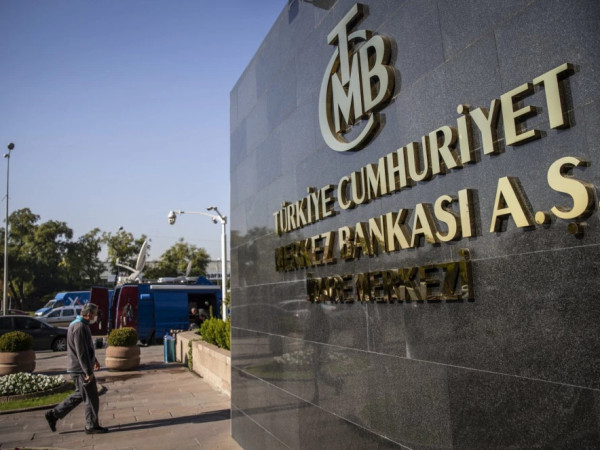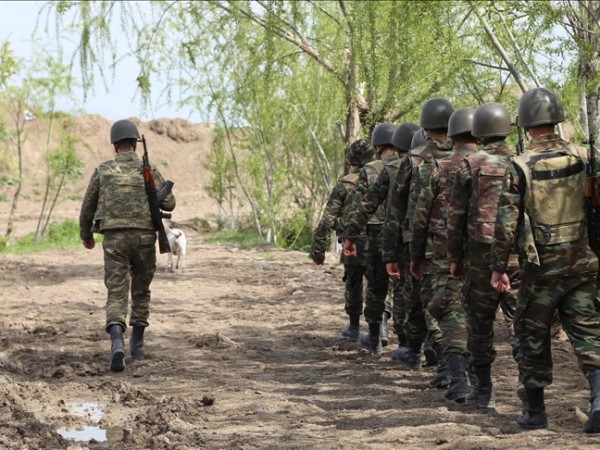TBC Capital published Weekly Update from The Chief Economist, evaluating the impact of the Russia-Ukraine War on the economy.
Rapid Resolution Scenario
* A relatively short-lived military conflict. Part of Ukraine is occupied, however, an uneasy peace returns.
* Sanctions are imposed on Russia, however, Russia continues to export energy to Europe using carve-out regarding energy payments and there is only temporary cut-off from SWIFT system for most of the banks. Though, Nord Stream 2 is blocked.
* There is some lifting of the other sanctions, but the process is only gradual.
* Unlike 2014-2015 shock, oil & gas and other commodity prices surge, being important for both economies. Brent hits $105 per barrel and declines to around $85 by the end of 2022.
* This scenario is broadly similar to our earlier assessment, however, with stronger impact on the economies and the currencies.
* As a result, in 2022 Ukrainian economy shrinks by around 10-15%, and Russian one by around 4%. As for the RUB and UAH, the depreciation is around 30% and 20%, respectively, with a significant overshooting especially on the RUB side.
Impact on the Georgian Economy
* The real GDP growth in Georgia in 2022 is down from 6.0% to 3.5-4.0% and the GEL depreciates by 5%, from USD/GEL 3.0 to 3.15 not ruling out an overshooting to around 3.3-3.4.
* In this scenario, the central bank interventions and a fiscal stimulus financed externally are only moderate, if any, as the loss in net inflows compared with 2022 earlier baseline* is up to 400 million USD, while when compared with 2021 there is still an increase of around 170 million USD.
* There is only small switching to the GEL loans and FC deposits.
* 2022 year end inflation is slightly above the target and the GEL policy rate by the end of 2022 declines to around 9.0%, from existing 10.5%, not ruling out a 50 basis point increase before the rapid resolution scenario is more pronounced.
* As the shock is exogenous, broadly similar to the pandemic, the recovery in 2023 is strong.
Delayed Resolution Scenario
* The conflict continues for more than a quarter.
* The West imposes full-scale sanctions, including cut-off from SWIFT system and export bans on energy sector, carve-out clause regarding energy payments is abolished.
* Russia’s own financial messaging system, cryptocurrencies or underlying technologies do not serve as an effective alternative of SWIFT for the international payments, though, domestic payments system continues to operate.
* China does not support Russia in easing of an impact of the sanctions and therefore, Russia looses more than a half of its energy revenues.
* Most of Russia’s state owned international assets are seized and Russia utilizes only part of its international reserves to mitigate an impact.
* The US and OPEC are increasing energy production
* Energy prices still surge. Brent hits $150 per barrel before normalizing to around $120 by the end of the year.
* In this scenario, in 2022 Ukrainian economy shrinks by around 20% and Russian one by 7-10%. As for the RUB and UAH, the depreciation is around 50 and 30% with significant overshooting especially on the RUB side.
Impact on the Georgian Economy
* In this scenario, an estimated loss in net inflows equals to around 740 and 110 million USD when compared with 2022 earlier baseline* and 2021, respectively.
* However, those estimates do not include a depreciation of the GEL, which will decrease imports, though at the expense of lower GDP growth, as the impact arises from the income, rather than the substitution effect, in our view.
* In only minor, 5-10% depreciation scenario, the 2022 GDP growth drops from 6% in the baseline without conflict, to around 0.5% and the shortage in net inflows in compensated by the central bank interventions and the government’s external borrowings. Per our estimates, combined supply of around 550 mln USD looks sufficient.
* In substantial depreciation scenario, the GEL weakens to around 3.5 not ruling out an overshooting, and the loss in net inflows is approximately halved, however, the growth turns slightly negative.
* Besides an external shock, there is a risk the shock to be amplified by switching to FC deposits and GEL loans which in fact caused an additional, around 50% loss in net inflows during the pandemic.
* To mitigate this shock amplifier, a hedging scheme may be introduced, though it is unlikely due to the unconventional nature of such instrument.
* In addition, the GEL may be under pressure as a result of substantially weaker RUB and UAH.
* On the GEL policy rate side, we expect around 150-250 basis points rate hikes, though likely followed by the rate cuts by the end of the year with year end inflation above target, though at single digit.















